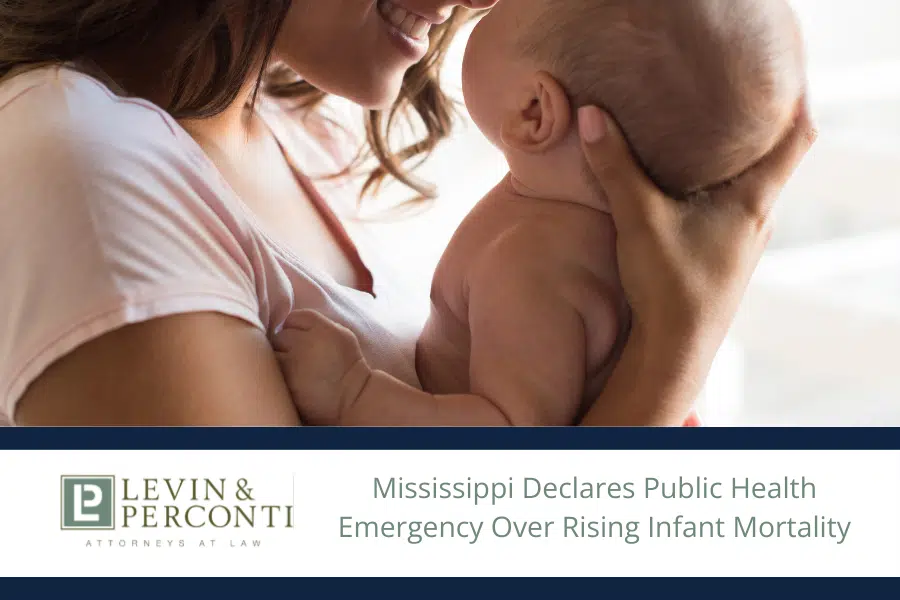
Content Reviewed by:
Dov Apfel
Content Reviewed by: Dov Apfel
Accordion Content
Since 1979, Dov Apfel has been passionate about advocating for birth injury and medical malpractice victims. Mr. Apfel’s career-long record of achievements in birth injury litigation, education, and advocacy has been recognized by the Executive Board of the Birth Trauma Litigation Group of the American Association for Justice. His expertise is demonstrated by his numerous awards, presentations on birth injury topics at legal conferences for organizations like the AAJ and ATLA, and articles published by Trial Magazine and many others.
Birth Injuries Can Cause Shoulder, Arm, and Hand Paralysis in Newborn
The brachial plexus is a bundle of nerves located in an infant’s body’s upper shoulder and neck area. The nerves can be damaged when the site is pulled or pinched during labor and delivery. Brachial plexus injury (BPBI) remains the leading cause of infants’ upper extremity paralysis that can significantly impact arm and hand mobility and leave up to 30% of those affected with residual neurologic deficits.
When the damage happens, it may be relatively minor, and some children will be lucky enough to make a full recovery eventually. But at other times, for example, in a case of a forced breech delivery or improper use of an instrumented delivery, the damage may be so extensive that a permanent disability is the only outcome. The child could have restricted movement of the shoulder, arm, and hand and possible nerve injuries that affect facial muscles. These problems are associated with the side of the body where the immediate damage happened.
Researchers Say There Needs to Be Better Preventative Action to Reduce Risk of BPBI
A UC Davis Health research team is working to identify factors that could predict brachial plexus birth injury. The work is funded by a grant from the U.S. Department of Health and Human Service with a focus of study related to:
- maternal and infant data for more than 11 million births
- mothers’ demographic, social, economic, geographic, and health information for nine months before and 12 months after delivery
- and infants’ demographic, social, and health data from birth through the first year of life
- factors associated with the birth injury and related obstetric complications
In a Mar. 9, 2021 report published by UC Davis, the researchers say there is a greater need for providers to identify prenatal predictors of brachial plexus issues to avoid unnecessary injury, pain, and preventable suffering.
“If we can identify women at greatest risk of delivering an infant with BPBI and determine hospital characteristics linked to increased risk of BPBI, then we might be able to develop intervention strategies and prevention efforts to reduce these risks,” said Mary Claire Manske, a pediatric orthopedic surgeon at UC Davis Health and director of the Brachial Plexus Birth Injury Center. “The broader impact of this work is better collaborations among the different providers involved in this multidisciplinary condition.”
Frequently, to prevent a birth injury from occurring and being identified and treated promptly, a team of medical experts, including pediatricians, nurses, obstetricians, psychiatrists, surgeons, and public health workers, need to work closely with expecting mothers, as well as newborns.
Families impacted by BPBI often require expert counseling, and the children need ongoing care and therapies that can be invasive, expensive, and exhausting. Chronic injuries that occur in early life may also have a long-term impact on a child’s psychosocial well-being.
Contact a Birth Injury Attorney in Chicago at Levin & Perconti
When a medical professional is responsible for a labor and delivery mistake and a birth injury occurs, they should be held accountable as life-threatening health issues and lasting disabilities to the child may follow. Parents can request a free consultation with a member of the experienced birth injury legal team at Levin & Perconti to discuss their legal options. Call us in Chicago at 312-332-2872 or toll-free at 877-374-1417.



